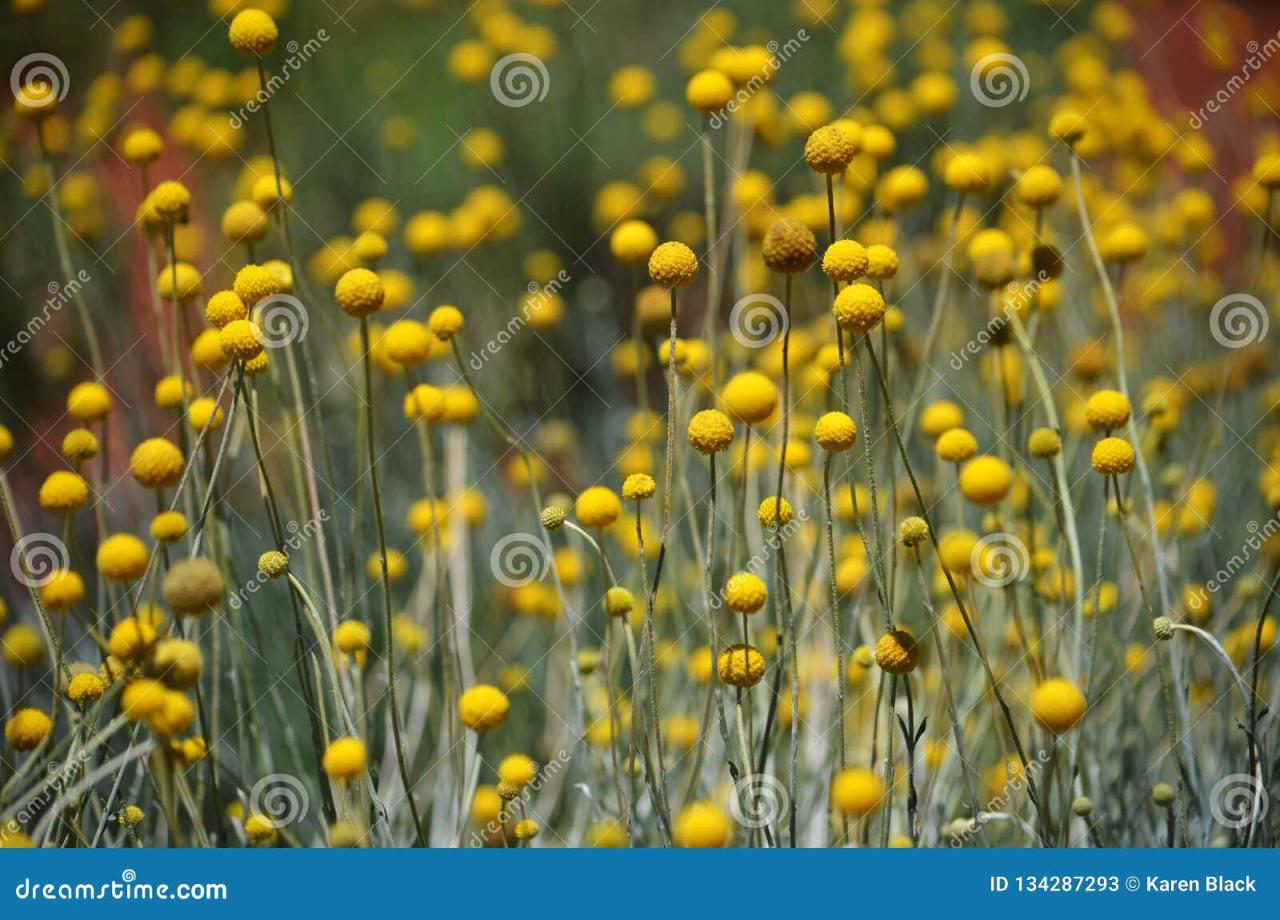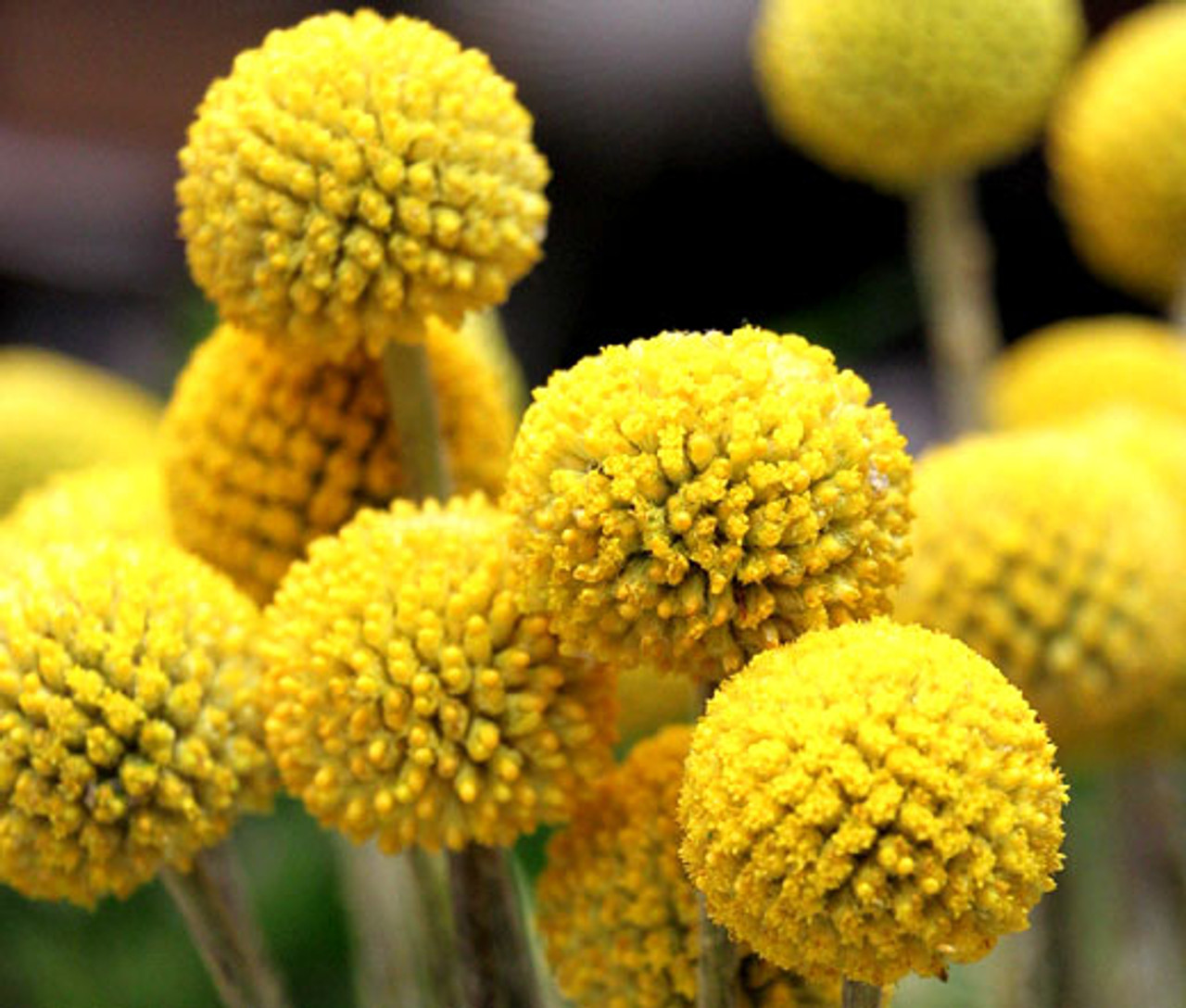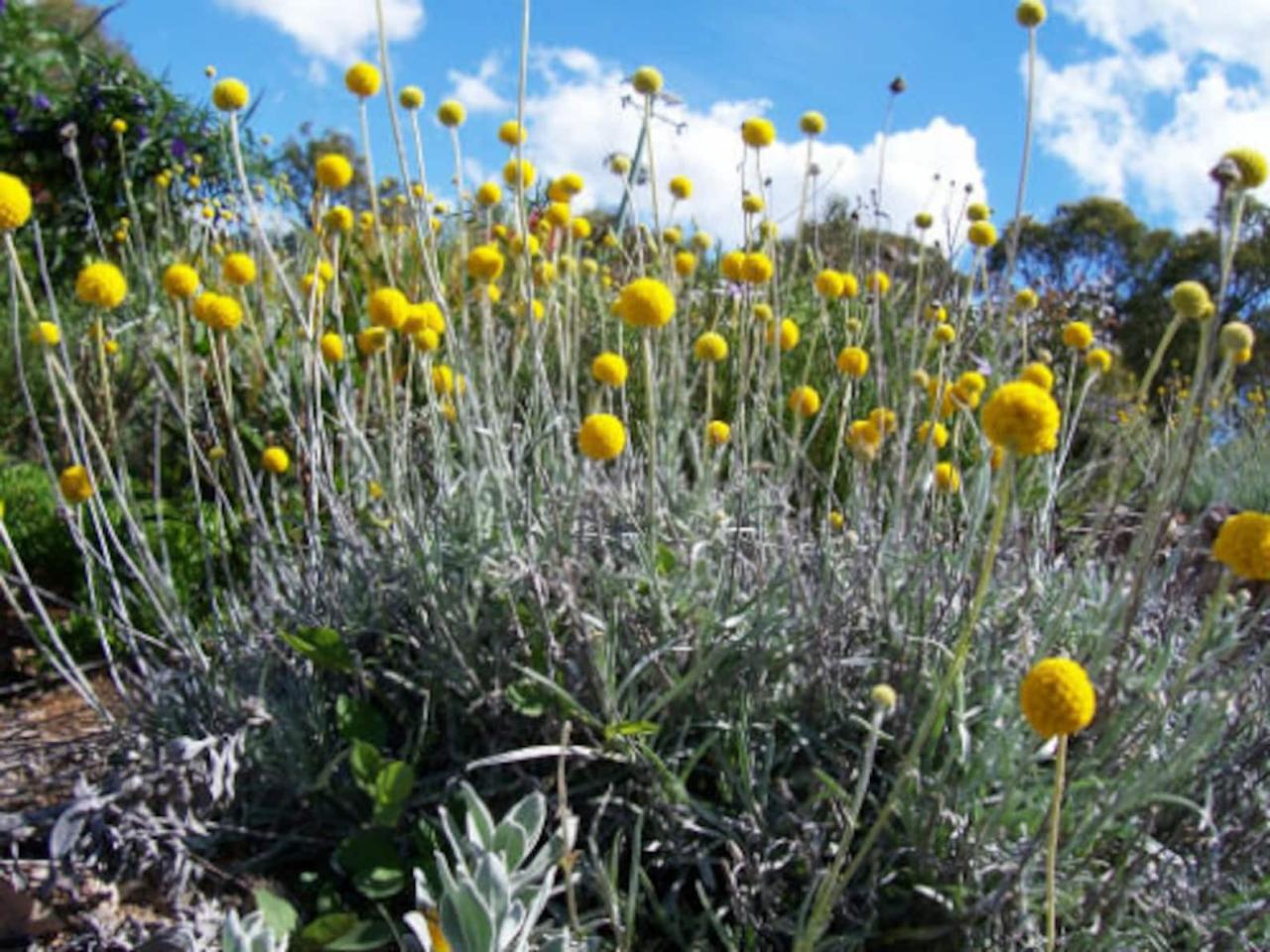Billy Button flowers, also known scientifically as Craspedia globosa, are unique and charming blooms that have gained popularity among gardeners and floral enthusiasts alike. With their round, ball-like flower heads and vibrant yellow color, they add a whimsical touch to any garden or floral arrangement. In this blog post, we will explore the origin, characteristics, cultivation tips, uses, and care for Billy Button flowers. Whether you’re a seasoned gardener or a novice, you’ll find valuable information here to help you grow and enjoy these delightful blooms. 🌼
Origin of Billy Button Flowers
The Billy Button flower is native to Australia and New Zealand, where it thrives in the wild. It was first identified by European botanists in the 19th century and has since been cultivated for gardens around the world. Its resilience and ability to grow in various conditions make it a favorite among many gardeners.
Native Habitat
Billy Buttons flourish in open grasslands and low-elevation regions, often found in sandy or well-drained soils. They can withstand drought conditions, making them an excellent choice for xeriscaping or low-maintenance gardens.
Characteristics of Billy Button Flowers

Billy Button flowers are distinct not only for their appearance but also for their growth habits.
Physical Features
| Feature | Description |
|---|---|
| Flower Shape | Round, ball-shaped flower heads. |
| Color | Bright yellow, often with a slightly fuzzy texture. |
| Height | Typically grows between 18-24 inches tall. |
| Leaves | Long, narrow leaves that are green and grass-like. |
Their unique appearance makes them an attractive addition to any garden, providing a cheerful splash of color. 🌻
Blooming Season

Billy Button flowers typically bloom from late spring to early summer. Their blossoms can last for several weeks, adding joy to your garden during this time. With proper care, you may even encourage a second bloom in late summer.
Cultivation Tips for Billy Button Flowers
Growing Billy Button flowers can be a rewarding experience. Here are some essential cultivation tips to help you succeed:
Soil Requirements
Billy Buttons prefer well-draining soil with a neutral to slightly alkaline pH. Incorporating organic matter such as compost can enhance soil fertility and drainage.
Planting Method, Billy Button Flowers
- Seeds: Start seeds indoors 6-8 weeks before the last frost date or sow them directly in the garden after the last frost.
- Transplants: Purchase young plants from a nursery and transplant them to your garden in spring.
Sunlight and Watering
Billy Button flowers thrive in full sun, requiring at least 6 hours of direct sunlight daily. While they are drought-tolerant, regular watering during dry spells will promote healthy growth. Be cautious not to overwater, as this can lead to root rot.
Uses of Billy Button Flowers
Billy Button flowers are not just aesthetically pleasing; they have various uses, both in the garden and beyond.
Garden Decoration
The bright yellow flowers can be used as a focal point in garden beds, borders, or containers. Their unique shape adds interest and can complement other plants beautifully.
Floral Arrangements
In the floral industry, Billy Buttons are used in bouquets and arrangements due to their longevity and distinct appearance. They pair well with other wildflowers, adding texture and vibrant color to arrangements. 🌸
Dried Flowers
One of the advantages of Billy Button flowers is their ability to maintain their shape and color when dried. They can be used in dried flower arrangements, wreaths, and crafts, making them a versatile addition to home decor.
Note: Dried Billy Buttons can last for several months, making them an excellent choice for long-lasting decorative pieces.
Care and Maintenance
To ensure your Billy Button flowers thrive, here are some care and maintenance tips:
Fertilization
Applying a balanced, slow-release fertilizer in the spring can provide essential nutrients for healthy growth. However, avoid over-fertilization, as this can lead to leggy plants with fewer blooms.
Pest and Disease Management
Billy Buttons are generally resistant to pests and diseases. However, keeping an eye out for aphids, snails, and powdery mildew is essential. If these pests appear, consider using insecticidal soap or neem oil to manage infestations.
Pruning
Regular deadheading—removing spent blooms—will encourage new growth and prolong the blooming season. Additionally, pruning back leggy plants in late summer can promote a more compact growth habit.
Conclusion
Billy Button flowers are a delightful addition to any garden, offering unique beauty and charm. With their easy cultivation, vibrant color, and versatility in arrangements, they appeal to gardeners and floral designers alike. Whether you want to brighten up your garden or create stunning floral displays, Billy Buttons can meet your needs. By following the care tips Artikeld in this post, you can enjoy these charming blooms season after season. Happy gardening! 🌻
